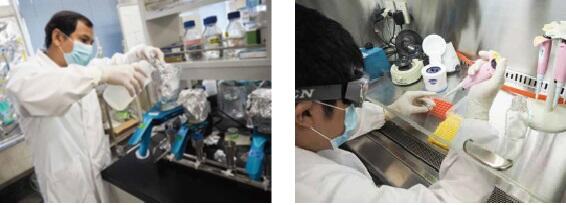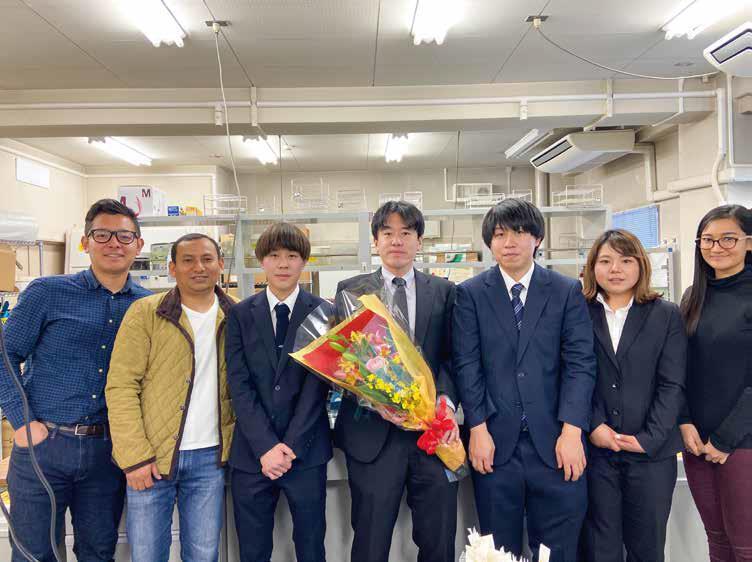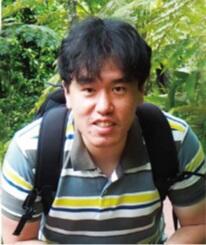Eiji Haramoto began a new research study to estimate the presence of individuals infected with the novel coronavirus (SARS-CoV-2) by detecting it in wastewater. Professor Haramoto came up with the idea when a research team in China reported the discovery of the virus in the feces of infected persons in late February 2020.
Professor Haramoto began carrying out epidemiological research on viruses in wastewater, such as the norovirus, as a student, and he now aims to use the detection of SARS-CoV-2 in wastewater to estimate the spread of the infection and help prevent it (Fig.1). "Even asymptomatic infections that do not cause symptoms can be detected in wastewater because the virus is still present in feces. Treating sewage as a 'patient' and testing it gives us the ability to quickly understand the degree of spread in the community without putting additional burden on the hospital front lines," he explains.

A preliminary survey was begun at a wastewater treatment plant and river in Yamanashi Prefecture, during which viral RNA was successfully detected in April (Fig. 2). However, Professor Haramoto explains that it is too early to get excited, explaining, "I started by using the same methodology as for the norovirus, a method less sensitive to SARS-CoV-2, so we barely only detected a little." He is currently working to improve his concentration and detection methods in consideration of the differences in viral structure.

Professor Haramoto has teamed up with Associate Professor Kyle Bibby of the University of Notre Dame in the United States via J-RAPID. Dr. Bibby leads an international network of more than 50 researchers from around the world, of which Professor Haramoto is also a core member, and they work on epidemiological surveys.
Professor Haramoto explains, "There have been many reports from overseas about detection of SARS-CoV-2 RNA in wastewater, but the methods used in each case are different, making it difficult to compare the results. We need an efficient detection method that can serve as a global standard." Having a global network is extremely reassuring in conducting the development of a standard method and evaluation of the efficacy of the method for data collection. "Until last year, Professor Futaba Kazama of the University of Yamanashi was carrying out the Environment Nepal Project, a Science and Technology Research Partnership for Sustainable Development (SATREPS ), as the principal investigator. The technology that was developed and personal connections that were cultivated in the project are being put to use in my research."
Ultimately, the goal of the research is to combine data on the viral concentration in wastewater with population and volume of wastewater processed to estimate and monitor the number of infected persons in a region. Another potential application is implementing smaller scale surveys at locations such as hospitals, schools, and airports. According to Professor Haramoto, "We can regularly survey wastewater discharge to check for infected persons or the change in the number of cases. PCR tests were carried out for all patients at the University of Yamanashi Hospital, but the use of wastewater inspection could greatly reduce that burden."
Currently, he is working on sampling and concentration methods with consideration for viral recovery, versatility, and ease of operation. Professor Haramoto explains, "The ease of adopting this approach varies depending on the wastewater treatment facilities and inspection systems in each country, so I intend to offer several options to the world and establish a standardized method," and his motivation is clear from his words. Expectations are high for future developments.


Eiji Haramoto
Professor, Interdisciplinary Center for River Basin Environment, University of Yamanashi
[Principal Investigator of the U.S. research team: Kyle Bibby, Associate Professor, University of Notre Dame]




